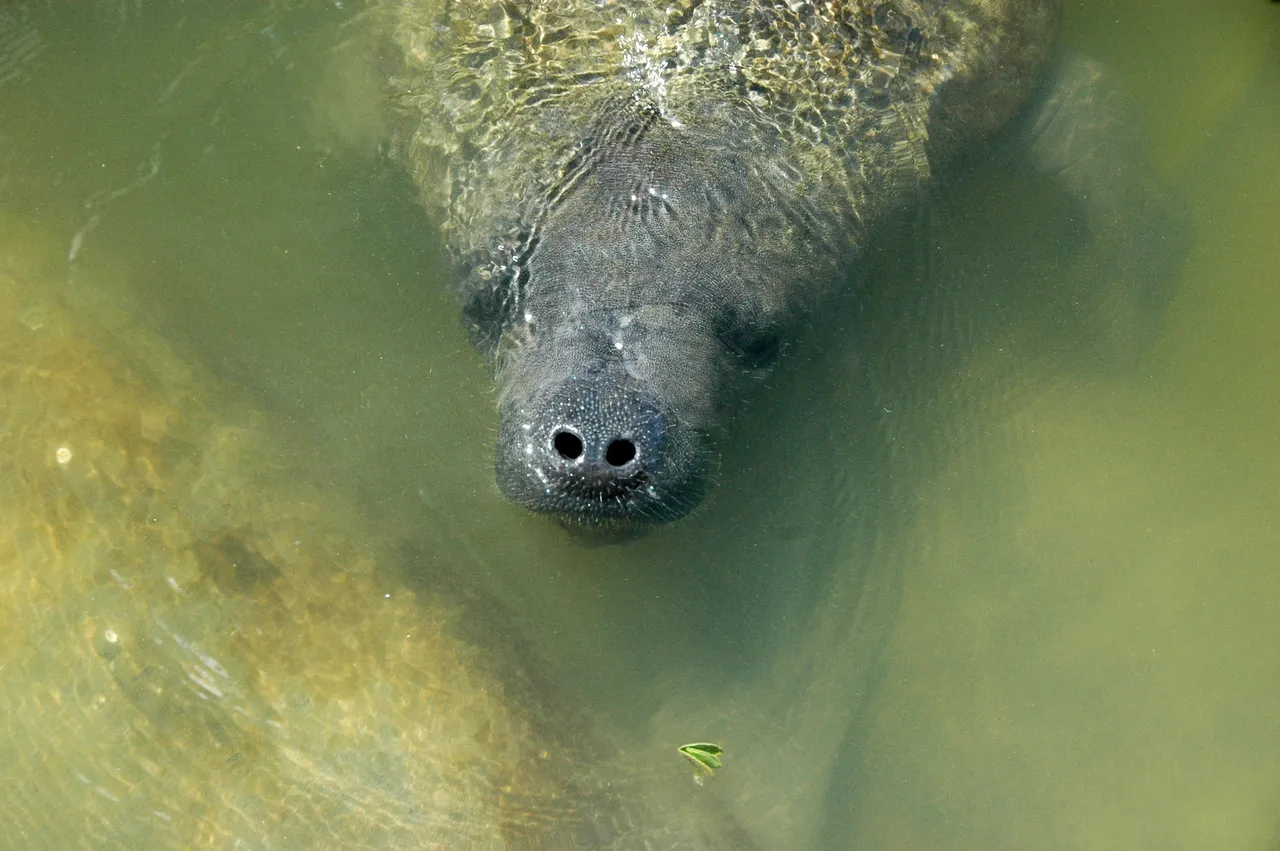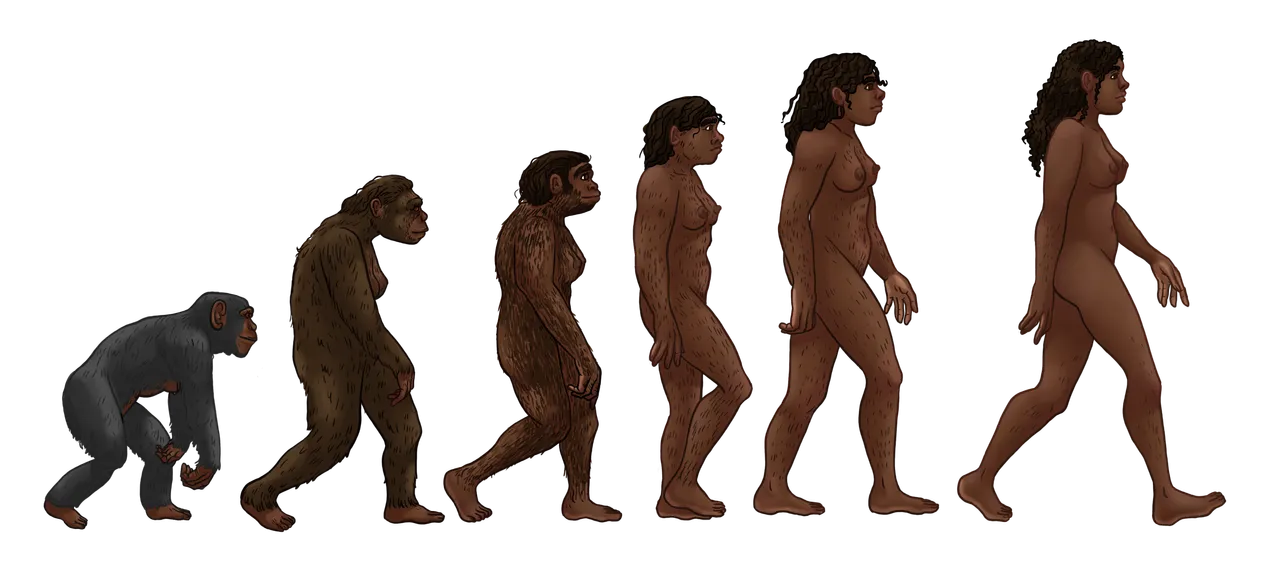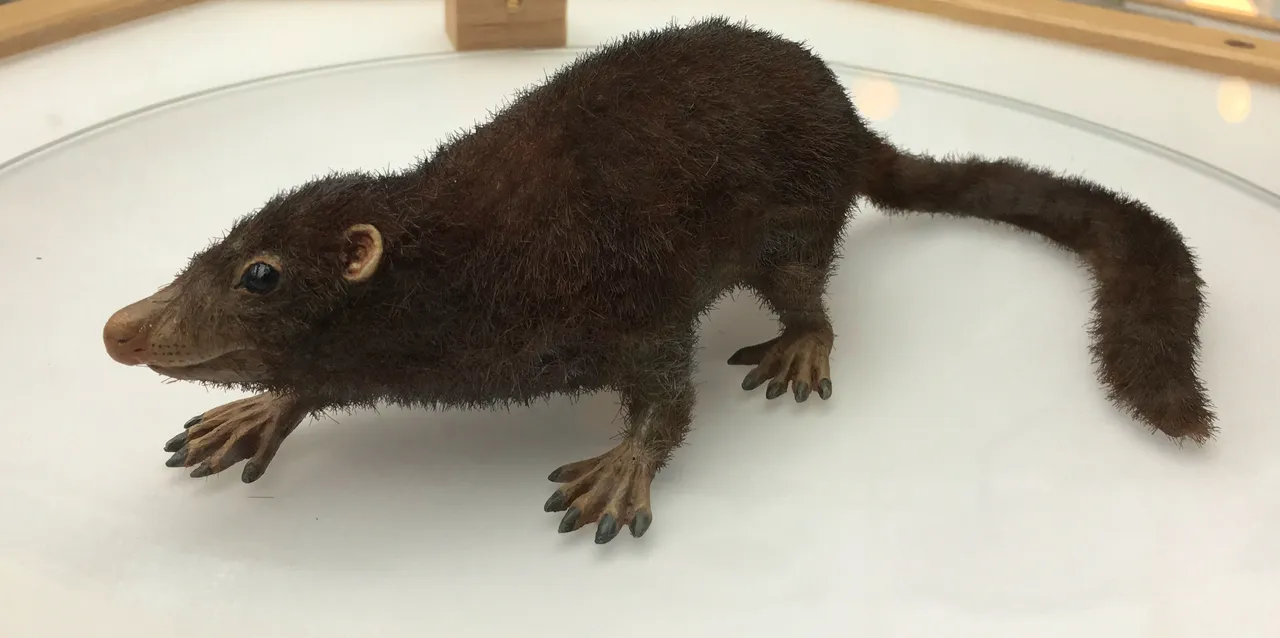We are warm-blooded animals, if I say regarded as one, it means I will be indirectly saying that maybe we are not one but factually, we are warm blooded animals. Being warm blooded doesn't come cheap as we have to born lots of energy to produce heat. Animals like the Sombre Hummingbird have high body temperature, in fact it has the highest body temperature maintained at 44.5 degree Celsius which would be extremely high for humans as we would convulse, experience brain damage, and possibly death.
But let's assume that we actually have that body temperature as our average temperature, then considering the fact that we are a high metabolic organism, then we would need to consume about 80 thousand calories daily to maintain our body heat and this is because making heat to stay warm requires a lot of energy and that is why a lot of animals borrow heat from their environment, saving them the stress of continuously eating compared to the largest land animals that spend their entire day eating so as to be able to keep generating heat.
Every organism on earth either micro or large breakdown molecules so as to be able to get energy from them. The entire functionality of the body of any creature is fueled using energy and these usage produces heat. Talking about production of heat, animals that are endothermic are above to produce enough heat inside the body to help keep the body temperature above that of the environment and we humans fall under this set of organisms, we are referred to as warm blooded animals.
Asides from being able to create this heat, we are able to regulate our body temperature to stay at a particular temperature what is known as Homeothermy and for the majority of us, this is between 36 and 37 degrees Celsius. Animals that are endothermy include Birds, and mammals, and a few exceptions in the animal kingdom because most animals are ectothermic which means they do not produce enough heat in their body above that of their environment and would at such rely on heat from the environment.
To keep this heat producing, we need to constantly eat food. 10% of the total calorie we consume is used to regulate our body temperature. Heat regulation and maintenance is so important that the brain has a special place that serves as a thermostat and that is the hypothalamus. If our body temperature goes 5 degrees below or above the normal temperature, it can lead to a cascade of symptoms from fuzziness, irregular heart beat, and so on.
This is why, when we are cold, the body causes the muscles to contract allowing for muscle warmth, sweating stopped, vessel constrict, and goosebumps and if your body temperature goes too high, the hypothalamus causes the blood vessels to dilate, and the hair in the body becomes flat causing us to sweat. Just like we humans can regulate our temperature, so can all warm blooded animals regulate their temperature just that the temperature can vary from one animal to the other.
The higher the heat the higher metabolism occurs leading to the quick use up of fat, proteins, carbs, and ATPs and they need to be replenished at interval. While you might need to visit the grocery, fast food, or cook a meal, for animals that hunt their food, they need to burn energy to replenish the energy they have lost as well as to keep them warm. While we do these things, animals like reptiles, amphibians, insects and fishes do not worry themselves with creating lots of heat.
It is believed that about 315 million years ago, all vertebrates with four legs were ectothermic and their body temperature conditioned by the temperature of the environment. Things began to change when amphibians left waters and started to walk on land. With the end of the carboniferous era, earth started to cool and to survive in the dry world, animals needed to evolve new adaptation technique which allowed them to save their water without getting dried out by hot sun. To do this, animals needed more energy and so they had to consume more.
The great dying was another experience that led to the death of a lot of animals and the ones that survived were able to grow fast. These animals were animals with higher metabolisms and higher body temperature. The animals that were able to do this were bigger animals compared to smaller ones just like today where larger animals are able to hold heat. 66 million years ago when there was another extinction known as the Cretaceous-Paleogene extinction, animals like the Dinosaurs didn't survive because of their large bodies but mammals like Shrewdinger survives because it was small and could produce its heat.
Well, while we cannot say for sure where we started becoming warm blooded animals, we can still look back to the last visible extinction and give credit to it. While being endothermic is expensive with lots of calories being burned, it is worth it and it has its own good as it has been able to help us survive in different habitats and climates.
Reference
https://www.ncbi.nlm.nih.gov/pmc/articles/PMC6052769/
https://german.bio.uci.edu/images/PDF/Nespolo%20et%20al.%20%282011%29%20TREE.pdf
https://www.frontiersin.org/journals/physiology/articles/10.3389/fphys.2018.00891/full
https://www.researchgate.net/publication/340496550_Fires_of_Life
https://www.researchgate.net/publication/302271006_A_phenology_of_the_evolution
https://www.sciencedirect.com/science/article/abs/pii/S0169534711001121
https://www.ncbi.nlm.nih.gov/pmc/articles/PMC9300183/
https://www.ncbi.nlm.nih.gov/pmc/articles/PMC1690555/
https://www.ncbi.nlm.nih.gov/pmc/articles/PMC6938711/
https://www.smithsonianmag.com/science-nature/hot-and-cold-running-dinosaurs-38035507/
https://journals.biologists.com/jeb/article/219/3/300/16748/What-drove-the-evolution-of-endothermy


